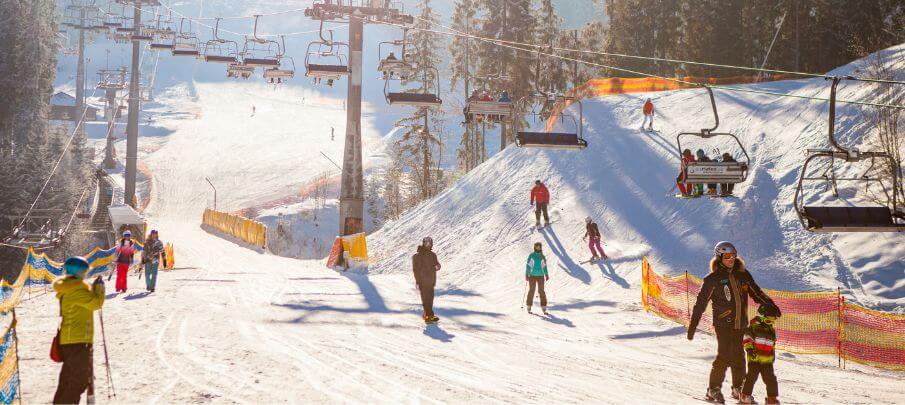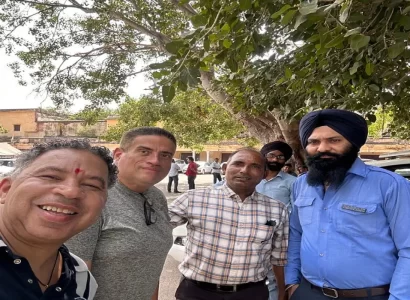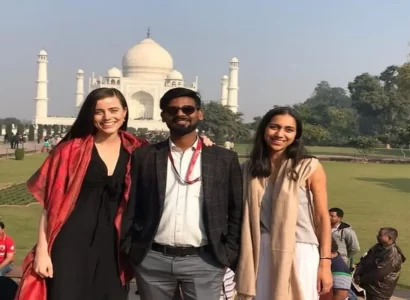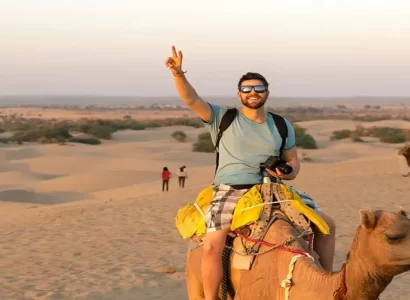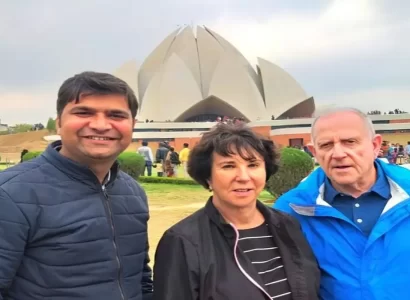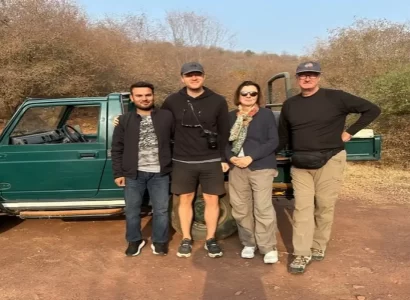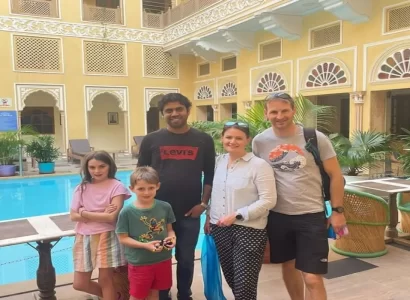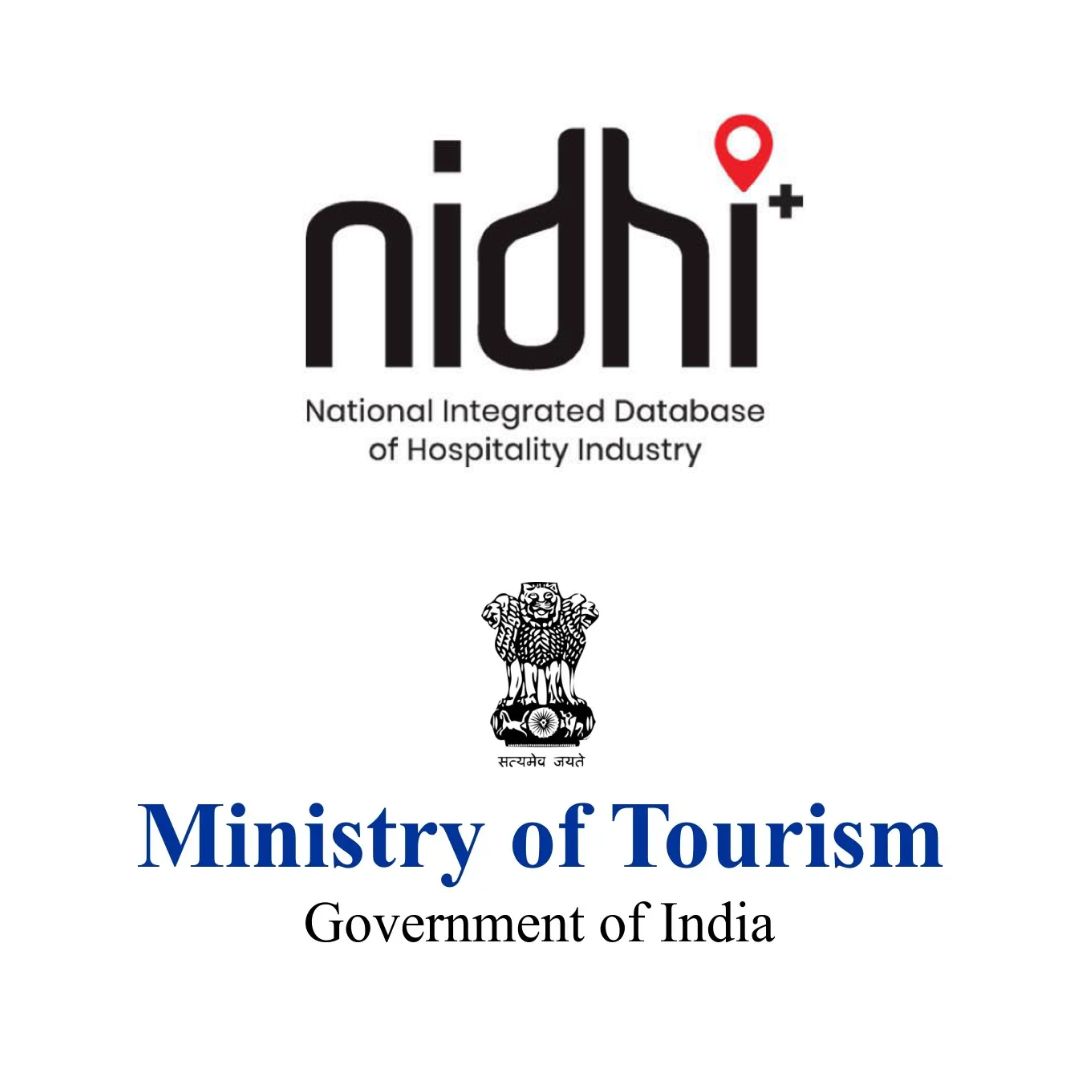JAMMU AND KASHMIR
The story goes that Raja Jamboolochan founded Jammu in 14th century BC and named it Jamboo after himself. Over time the name got corrupted and it became Jammu. Another folk story talks about Kashmir being named ‘desiccated land’ from the Sanskrit ‘ka’ meaning water and ‘shimeera’, meaning to desiccate. Kashmir is one of the earliest inhabited lands of India. It has been invaded and ruled, in part, by rulers from Bactria, Tartary, Tibet, rulers from the Indus Valley and even the Ganges valley. The religion in the state has constantly fluctuated from Animist, Buddhist, Hindu and now Muslim, with the latter being the dominant religion. After the British left India, Maharaja Hari Singh, who was the ruler of the princely state of Jammu and Kashmir, couldn’t decide whether to merge with Pakistan or India. The decision was taken when in October 1977 some rebellious tribesmen from the Pushtoon region attacked J&K. The Maharaja requested help and India agreed after making him accede to the nation. There is, unfortunately, a debate over the accession, and J&K continues to be an area of conflict between India and Pakistan. J&K has three main areas – Jammu, Kashmir and Leh. It is also home to the world’s second largest mountain peak i.e., mount K2.
KASHMIR
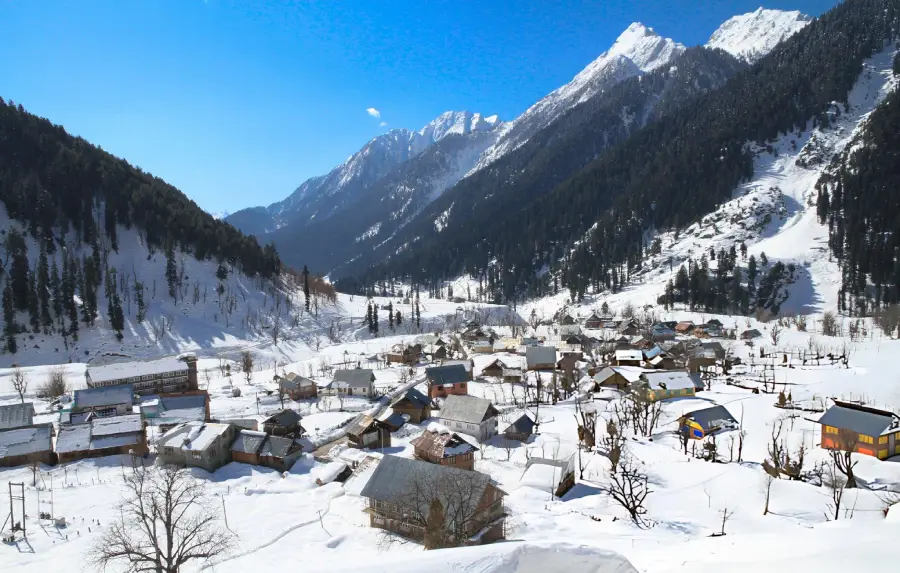
Kashmir is known as the ‘paradise on earth’ because of its unparalleled beauty and peace. The valley is famous for a lot of things, especially its temples such as – Raghunath Temple, Shankaracharya Temple, Jamia Masjid, Amarnath Cave and Vaishno Devi. The land is also blessed with rarest of the rarest species preserved in its wildlife sanctuaries – Dachigam National Park, Gulmarg Biosphere Reserve, Hemis High Altitude Wildlife Sanctuary, Kishtwar High Altitude National Park and Overa National Park. Kashmiri shawls, beaten copper wares, woven baskets and walnut wood furniture. Kashmir is also particularly popular for its food which includes vegetarian platters such as – rajma-chawal, morel yakhani (a rare mushroom), rajma ka madhra, khatta meat, kachaloo chat and auria (a potato-based curry), among other delicacies. Kashmir serves up a rich non-vegetarian platter of seekh kabab, tabakh maaz (fried lamb ribs), methi maaz, rogan josh, kashmiri pulao and palak nadir. Do sample haakh, a simple but necessary addition to the Kashmiri life.
LEH
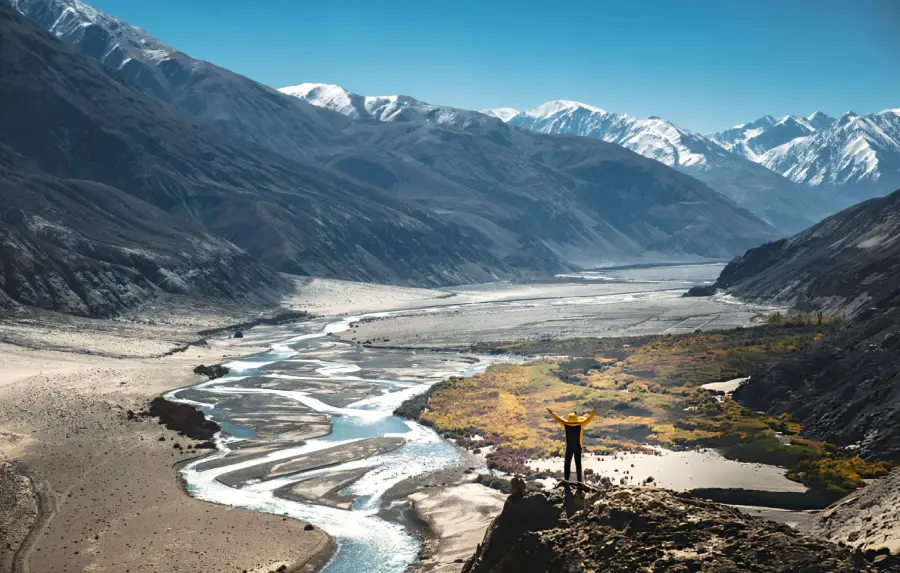
Set amidst the epic Himalayas, Ladakh is a country and heavenly stunning tour vacation spot. The rugged valleys and mountains, winding roads coupled with the colourful cultural lifestyles hold the exuberance and appeal of this region. The iconic Magnetic Hill, the turquoise coloured Pangong Lake, the confluence of mystical rivers, historical and awe-inspiring monasteries and the best passes are some of the astounding sights of Leh and Ladakh in general. The big range of hiking routes will satiate your soul and improve the senses. The moon like desolate tract mountains remain a tremendous vacation spot for journey seekers and admirers of Buddhism and extraordinary mountain vistas. Leh is also a spot that all the photography enthusiasts had been searching for their entire life. Although you won’t get much of a chance to capture wildlife, but will surely have a magnificent canvas to paint with your endless imaginations.
Khardung La, Pangong Lake, Sangam, Zanskar Valley, Nubra Valley, Hall of Fame, Magnetic Hill, Thiksey monastery, Shey Monastery or the Shey Palace etc.
Leh is also one of those places which offer you a lot of souvenirs to carry back home. Moreover, the place also offers a big space for all the shopaholics. Apricot’s Jams and Oils, Kashmiri carpets, Pashmina shawls and woollens, Kashmiri handicrafts, stone jewellery etc. are amongst the top shopping lists of tourists from India and abroad. Main Bazar, Tibetan Handicraft Emporium, Cottage Industry exposition, Ladhak Art palace, Dalai Lama Charitable Trust Handicraft Emporium, Ladagh Apricot store etc. are the best places to shop from.
RANTHAMBORE
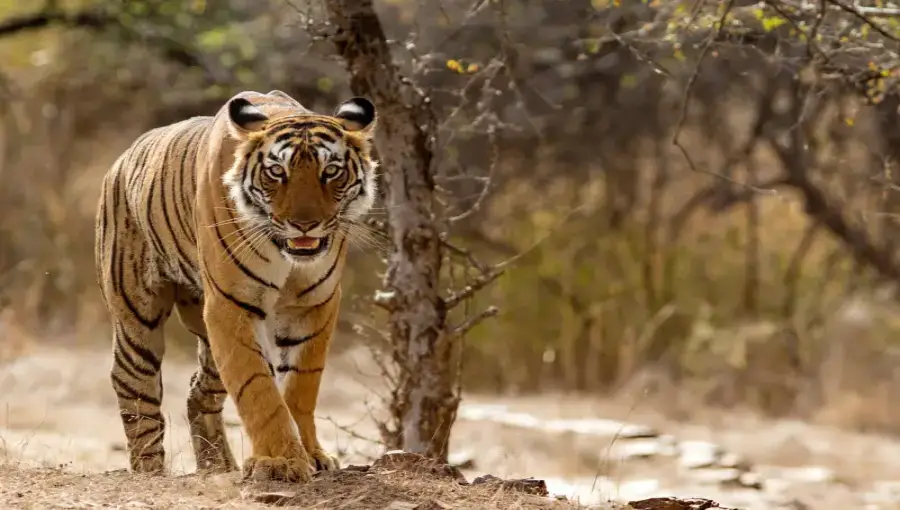
Ranthambore is an absolute paradise for wildlife enthusiasts. It is widely recognized for its National Park and Tiger Reserve, but these are not the only places that make Ranthambhore a popular tourist destination. The unquestionably mesmerizing locales, palaces, and royal ruins make Ranthambhore more than just a popular wildlife habitat.
Although, the Ranthambore National Park is not one of the biggest National parks of India, but surely it is the most famous one. Situated in the vicinity of the Aravalli hills and Vindhya plateau, the Ranthambore forest spreads over an area of 1334 sq. km with having the 392 sq. km of the area as the national park. Highly revered for the natural habitat to the significant number of Royal Bengal tigers, the Ranthambore tiger reserve is very popular among the wildlife lovers for its diurnal tigers, which means tourist can easily spot a tiger during their day safari visit.
Amongst all of these Ranthambore National Park which derives its name from the Ranthambore Fort located inside. This National Park is quite popular and very rich in flora and fauna. Ancient ruins of Ranthambhore Fort, a UNESCO World Heritage Site that lies within Ranthambhore National Park. The Fort is elevated on a natural hummock around 210m (700ft) high and was once a stronghold in the glory days of the Chauhan dynasty.
